31+ Days of Hands-On Learning Stations
Our homeschool has been up and running for the past six weeks, and it's usually around that time when I need to reassess our homeschool schedule and make adjustments so that we can survive the rest of the year. One of my scheduling fails was not giving my teen daughter any individual study time with mom or a break for myself in all of the action. Since my daughter is always looking out for me, she came up with a brilliant idea to ease my load a bit, while keeping the education going: hands-on learning stations.
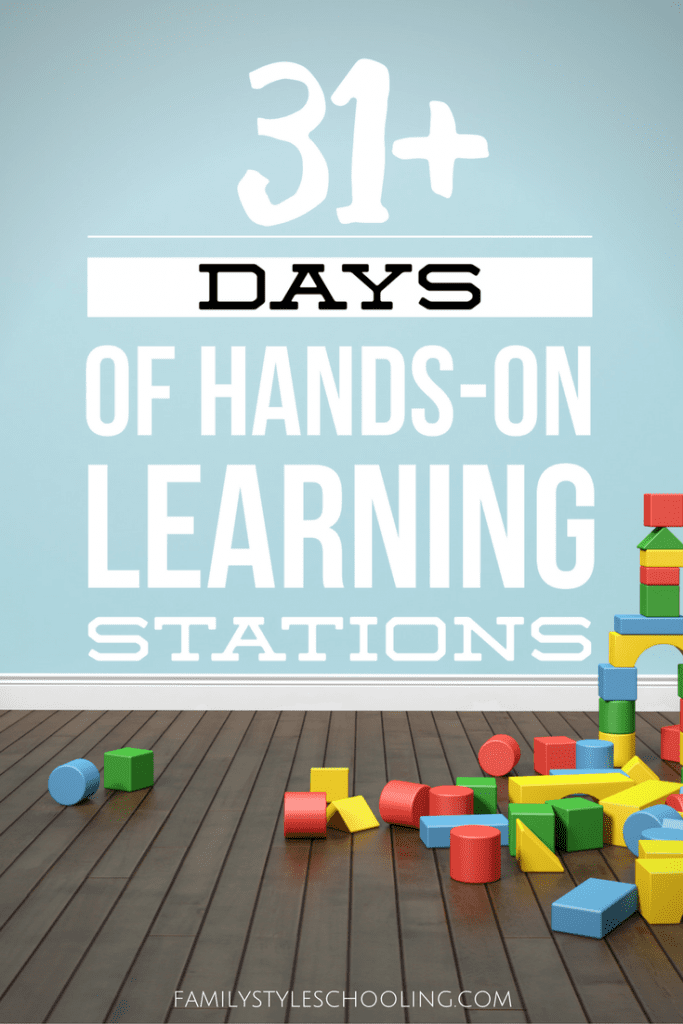
It's funny, because I was busting my tail to get all of our work done by noon, and then guess what happened after? The older kids were distracted by the youngers who wanted to play. The youngers started bickering from boredom. I was exhausted refereeing. While the stations extend our school day, they also bring opportunities for breaks and play sprinkled throughout the tough work. I've found some great benefits from incorporating hands-on learning into our day.
Hands-On Learning Brings Ownership
While I could read to them about science or geography, they might not be interested in what I'm presenting. However, when I gather a strategic group of books on a topic and leave them out for my kids to discover, they will sit and pour over them with rapt attention. Why? Ownership of their education is a powerful learning technique.
Sometimes as an educator, I feel like I'm trying to pull hippos out of the water—it's futile. I can lead them places, but I can not make them move. They have to decide that they want to move. That's ownership.
Freedom In Stations
I love working on school with my kids, but it's hard to not lose my mind a little when I'm working through three math math lessons, three spelling lists, and three reading practices. Whew! The worst of it is I'm not getting enough time to check in with my two older kids. I love that hands-on learning stations can keep the kids engaged in learning while I get a little extra time to write a quick e-mail, or help my older ones through a math problem that's stumping them.
The one-on-one time is so valuable for ensuring understanding and mastery. The best part is that hands on stations keep the others happily occupied, allowing me to give my full attention to the student that I'm working with.
The Plan
I've created a simple schedule that will keep the kids moving from activity to activity. Each activity will last 30 minutes. We'll start with morning time, and then move on to our rotations. The big kids will still keep their own schedule. I printed the elements of my three younger student's days on to paper, then laminated them, and attached them to magnetic strips. These somehow did not stay on the fridge easily. The magnets kept falling off. I found magnetic paper, and reprinted my schedule to adhere to the paper. It works much better! This way I can keep tweaking the schedule until we find a good fit. It lives on the side of the fridge for easy access, and it's nothing fancy:
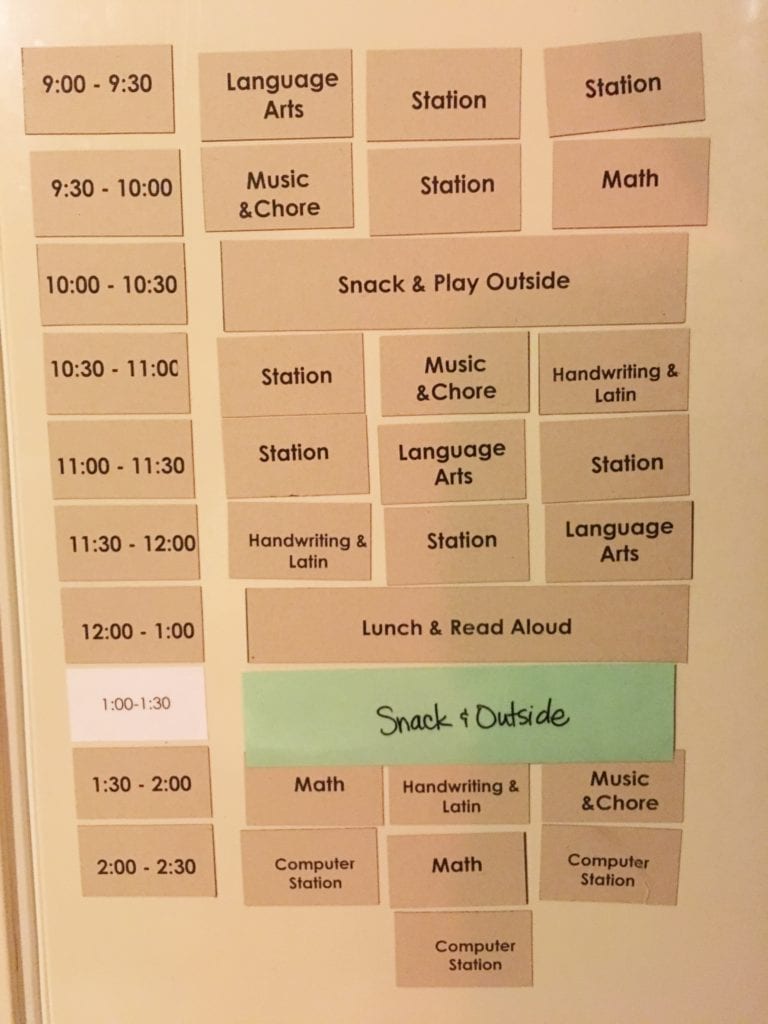
Organizing Your Stations
I'm starting off with a few basic supplies that will help keep my stations easy to access, yet easy to put away. I got a white storage cart from Target, and a couple of plastic bins from the Dollar Tree. At the start of the week, I fill all of the station bins so they are ready to go each morning. Then I post the stations for the day on my cute little menu stand.
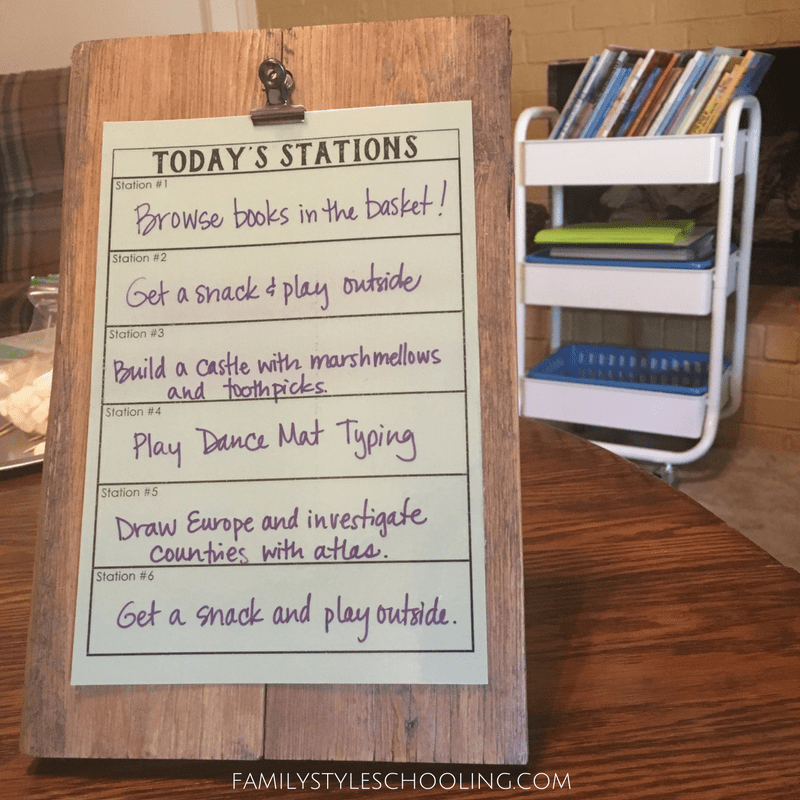
GET THE FREE PRINTABLE STATIONS CHART HERE
A huge portion of the materials I'll be using for stations comes from our local library. Ask your librarian about how the Dewey Decimal system works for categorizing non-fiction children's books. This makes it super easy to find the general categories of the types of books to add to your learning stations.
Speaking of Categories
Over the next couple of weeks, I'm going to be sharing station ideas for a variety of categories of learning. I'll link the station ideas back to this page as they are added. I'll be varying these categories for my kids each day to keep the learning active and fun.
Science Stations
- Construction Fun
- Snap Circuits
- Balance Practice
- Engineering Feats
- Investigate Nature
- Cultivating Curiosity with Documentaries
- Computer Science
- Fire Prevention and Safety
Language Arts Stations
![]()
- Poetry
- Magnetic Sentences
- Letter Writing
- Fun With Fairy Tales
- Word Puzzles and Games
- Language Computer Games
Geography Stations
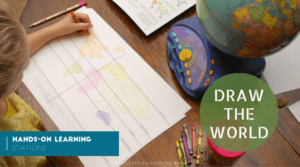
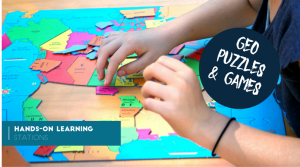
Math Stations
Art Stations
While it takes longer to get through our school day, I'm happy to include some restful learning to our day. Hands-on learning stations are a great way to keep young learners occupied during the day with a purposeful pursuit.
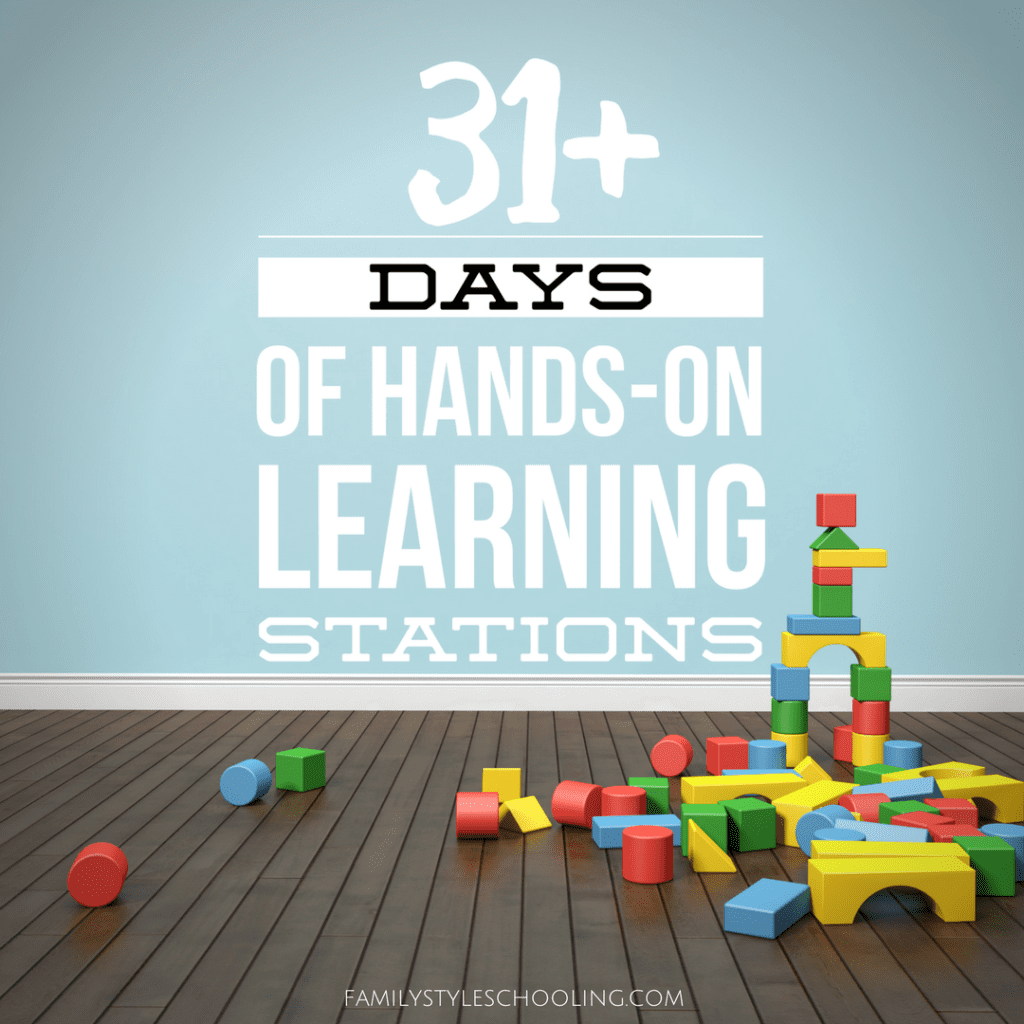
Do you use stations in your home school?
Betsy Strauss is an unexpected homeschooler, mother of three, who is in a relationship with a sweet man for life. She loves reading books, drinking coffee, and learning anything with her kids.


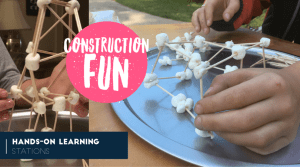
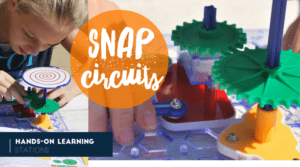
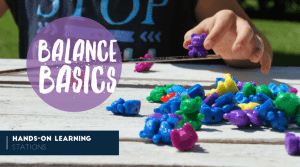





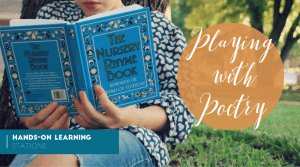



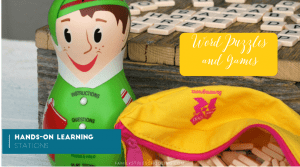

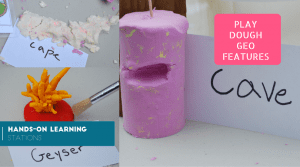


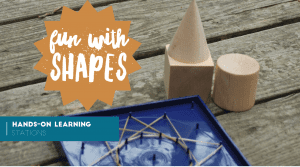

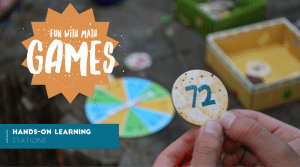

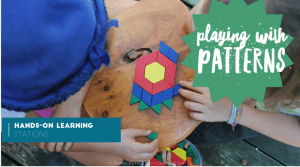

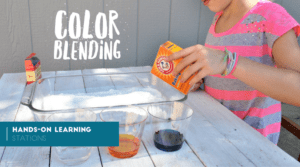


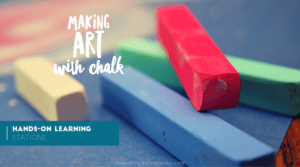

I would have loved to have been able to home school my kids. Even my grandkids are in their late teens, two in college! Two of them were home schooled by my daughter.
[…] with a brother or sister, or even time to play by themselves in their room. Art projects and hands-on learning stations also work […]